| Weight | 1 lbs |
|---|---|
| Dimensions | 9 × 5 × 2 in |
| host | mouse |
| isotype | IgG1 |
| clonality | monoclonal |
| concentration | 1 mg/mL |
| applications | ICC/IF, WB |
| reactivity | DNA Ligase III |
| available sizes | 100 µg |
mouse anti-DNA Ligase III monoclonal antibody (1F3) 4859
$503.00
Antibody summary
- Mouse monoclonal to DNA Ligase III
- Suitable for: WB,ICC/IF,IP,Blocking,PLA
- Isotype: IgG1
- 100 µg
mouse anti-DNA Ligase III monoclonal antibody (1F3) 4859
| antibody |
|---|
| Tested applications WB,ICC/IF,IP |
| Recommended dilutions Immunoblotting: use at 0.5-2ug/mL. Predicted molecular weight ~100kDa. These are recommended concentrations. Endusers should determine optimal concentrations for their applications. |
| Immunogen Full-length recombinant human DNA Ligase III-b. |
| Size and concentration 100µg and 1 mg/mL |
| Form liquid |
| Storage Instructions This antibody is stable for at least one year at -20°C. Store in appropriate aliquots to avoid multiple freeze-thaw cycles. |
| Storage buffer Hybridoma culture supernatant |
| Purity protein affinity purification |
| Clonality monoclonal |
| Isotype IgG1 |
| Compatible secondaries goat anti-mouse IgG, H&L chain specific, peroxidase conjugated polyclonal antibody 5486 goat anti-mouse IgG, H&L chain specific, biotin conjugated, Conjugate polyclonal antibody 2685 goat anti-mouse IgG, H&L chain specific, FITC conjugated polyclonal antibody 7854 goat anti-mouse IgG, H&L chain specific, peroxidase conjugated polyclonal antibody, crossabsorbed 1706 goat anti-mouse IgG, H&L chain specific, biotin conjugated polyclonal antibody, crossabsorbed 1716 goat anti-mouse IgG, H&L chain specific, FITC conjugated polyclonal antibody, crossabsorbed 1721 |
| Isotype control Mouse monocolonal IgG1 - Isotype Control |
| target relevance |
|---|
| Protein names DNA ligase 3 (EC 6.5.1.1) (DNA ligase III) (Polydeoxyribonucleotide synthase [ATP] 3) |
| Gene names LIG3,LIG3 |
| Protein family ATP-dependent DNA ligase family |
| Mass 112907Da |
| Function FUNCTION: Isoform 3 functions as a heterodimer with DNA-repair protein XRCC1 in the nucleus and can correct defective DNA strand-break repair and sister chromatid exchange following treatment with ionizing radiation and alkylating agents. Isoform 1 is targeted to mitochondria, where it functions as a DNA ligase in mitochondrial base-excision DNA repair (PubMed:10207110, PubMed:24674627). {ECO:0000269|PubMed:10207110, ECO:0000269|PubMed:24674627}. |
| Catalytic activity CATALYTIC ACTIVITY: Reaction=ATP + (deoxyribonucleotide)n-3'-hydroxyl + 5'-phospho-(deoxyribonucleotide)m = (deoxyribonucleotide)n+m + AMP + diphosphate.; EC=6.5.1.1; Evidence={ECO:0000255|PROSITE-ProRule:PRU10135, ECO:0000269|PubMed:10207110, ECO:0000269|PubMed:20518483}; |
| Subellular location SUBCELLULAR LOCATION: [Isoform 1]: Mitochondrion {ECO:0000269|PubMed:10207110, ECO:0000269|PubMed:24674627}. Note=Contains an N-terminal mitochondrial transit peptide. {ECO:0000269|PubMed:10207110}.; SUBCELLULAR LOCATION: [Isoform 2]: Mitochondrion {ECO:0000305|PubMed:10207110}. Note=Contains an N-terminal mitochondrial transit peptide. {ECO:0000305|PubMed:10207110}.; SUBCELLULAR LOCATION: [Isoform 3]: Nucleus {ECO:0000269|PubMed:10207110}. Note=Lacks the N-terminal mitochondrial transit peptide. {ECO:0000269|PubMed:10207110}.; SUBCELLULAR LOCATION: [Isoform 4]: Nucleus {ECO:0000305|PubMed:10207110}. Note=Lacks the N-terminal mitochondrial transit peptide. {ECO:0000305|PubMed:10207110}. |
| Tissues TISSUE SPECIFICITY: Testis, thymus, prostate and heart. |
| Structure SUBUNIT: Isoform 3 interacts (via BRCT domain) with the nuclear DNA-repair protein XRCC1. Interacts with POLG (PubMed:33855352). Interacts with POLB (PubMed:19336415). {ECO:0000269|PubMed:19336415, ECO:0000269|PubMed:21652643, ECO:0000269|PubMed:33855352, ECO:0000269|PubMed:7760816}. |
| Domain DOMAIN: The PARP-type zinc finger is required for DNA ligase activity. {ECO:0000269|PubMed:20518483}. |
| Involvement in disease DISEASE: Mitochondrial DNA depletion syndrome 20, MNGIE type (MTDPS20) [MIM:619780]: An autosomal recessive mitochondrial disorder characterized by severe gut dysmotility, muscle weakness and atrophy, neurological abnormalities including epilepsy, migraine, stroke-like episodes, learning difficulties or cognitive decline, and neurogenic bladder. Brain imaging usually shows diffuse leukoencephalopathy and may show cerebellar atrophy. Disease onset can range from infancy to the teenage years. {ECO:0000269|PubMed:33855352, ECO:0000269|PubMed:34165507}. Note=The disease is caused by variants affecting the gene represented in this entry. |
| Target Relevance information above includes information from UniProt accession: P49916 |
| The UniProt Consortium |
Data
Publications
| pmid | title | authors | citation |
|---|---|---|---|
| We haven't added any publications to our database yet. | |||
Protocols
| relevant to this product |
|---|
| Western blot IHC ICC |
Documents
| # | SDS | Certificate | |
|---|---|---|---|
| Please enter your product and batch number here to retrieve product datasheet, SDS, and QC information. | |||
Only logged in customers who have purchased this product may leave a review.

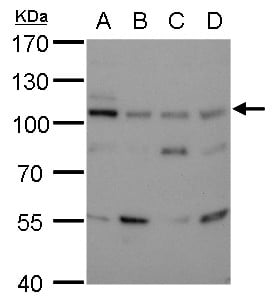
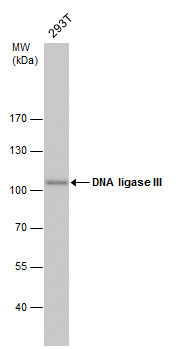
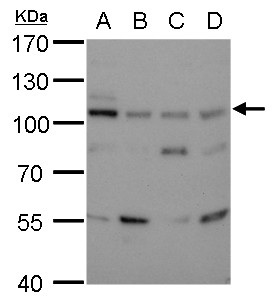
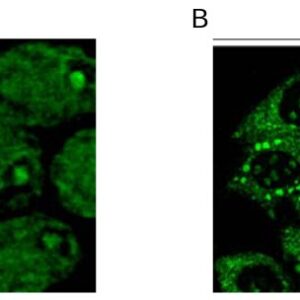
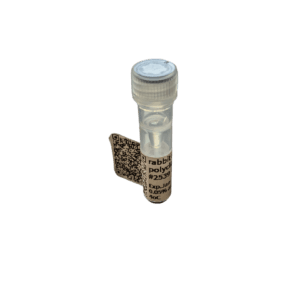
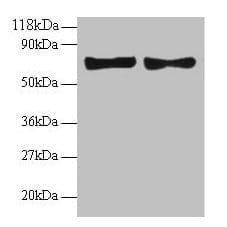
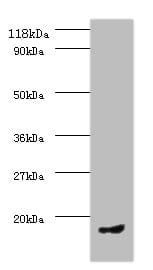

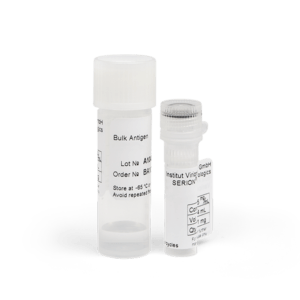
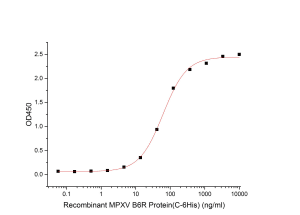
Reviews
There are no reviews yet.